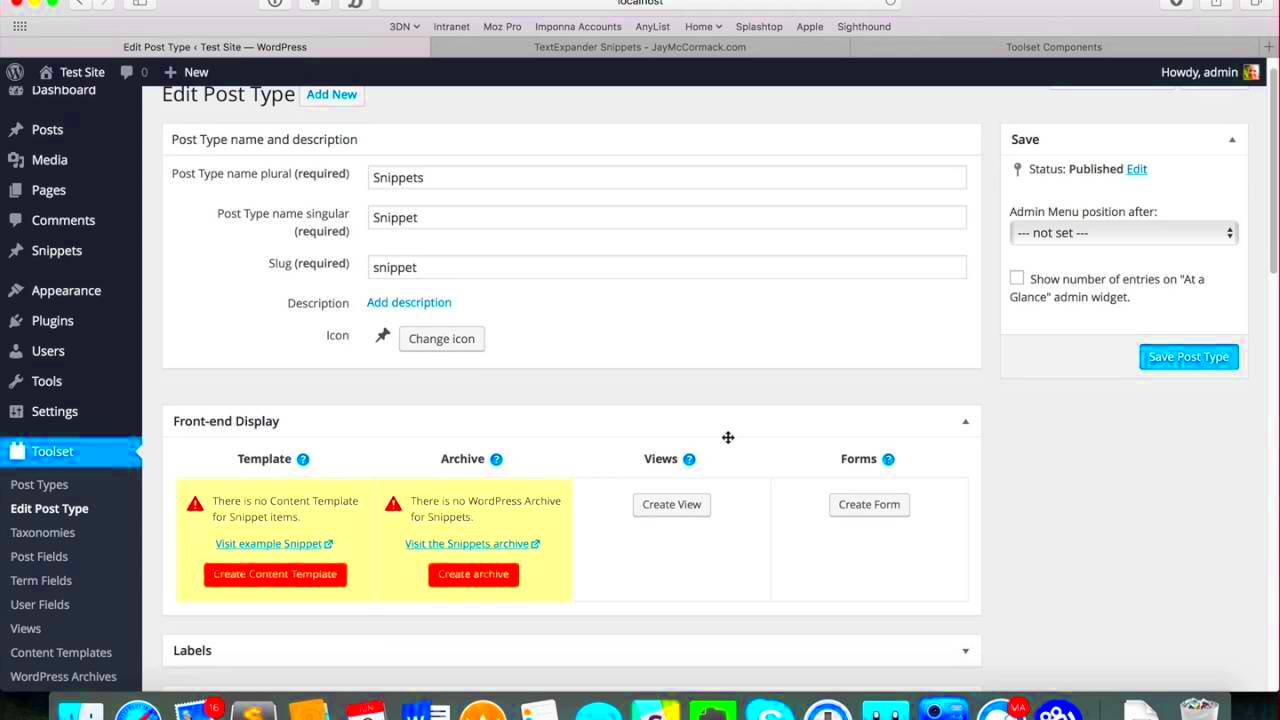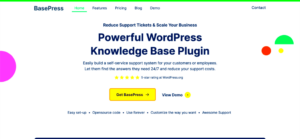WordPress plugins have revolutionized how websites function, allowing users to enhance their sites without extensive coding knowledge. In this blog post, we’ll delve into some fascinating case studies that highlight the success stories stemming from effective plugin use. These case studies will not only showcase the versatility of WordPress plugins but also inspire you to leverage them for your own projects. So, let’s explore how these
The Importance of Using WordPress Plugins

WordPress plugins are essential tools that empower website owners to expand the capabilities of their sites. Here are a few reasons why using plugins can be a game-changer for your WordPress site:
- Enhanced Functionality: Plugins allow you to add features that are crucial for your site’s success, such as contact forms, SEO optimization tools, or social media sharing buttons.
- User Experience Improvement: Custom functionalities like live chat, customer feedback forms, and personalized content enhance user experience, keeping visitors engaged.
- Time and Cost Efficiency: Developing a new feature from scratch can be costly and time-consuming. Plugins give you a quick and affordable way to implement these features.
- SEO Benefits: Specific plugins can help optimize your content for search engines, improving your visibility online and driving more organic traffic.
- Security Enhancements: Certain plugins focus on security measures—like firewalls and spam protection—ensuring your site remains safe from threats.
If you’re aiming for a professional and functional WordPress site, integrating the right plugins is an absolute must. They not only provide added benefits but also ensure that your website remains competitive in the ever-evolving digital landscape. In the following sections, we’ll explore specific case studies that demonstrate the remarkable impact these plugins can have on success stories.
Case Study 1: Boosting Website Performance with Caching Plugins
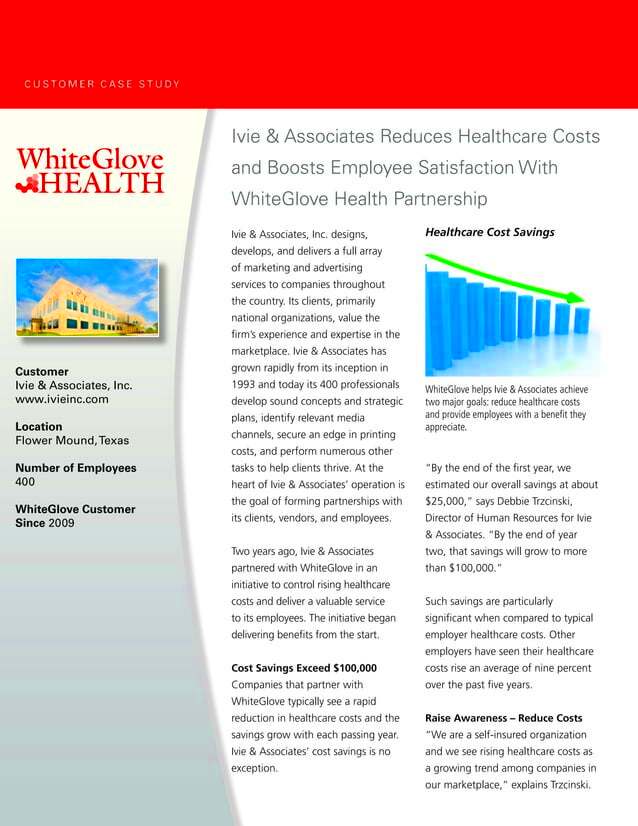
When we talk about improving website performance, caching plugins are often at the top of the list. Let’s dive into a real-world example that highlights just how effective these plugins can be. Say hello to our hypothetical client, a small e-commerce store called “Trendy Threads.” Before implementing a caching plugin, Trendy Threads was experiencing slow load times and high bounce rates that negatively impacted their sales. Frustrating, right?
After a little research, the team decided to try out a popular caching plugin, WP Super Cache. The results were mind-blowing! Here’s how they implemented it:
- Installation: They easily installed the plugin through the WordPress dashboard.
- Configuration: With a few tweaks in the settings, like enabling caching for known users and setting a cache timeout, they were ready to go!
- Testing: They used tools like Google PageSpeed Insights to monitor performance before and after the installation.
| Metric | Before Caching | After Caching |
|---|---|---|
| Load Time | 6.5 seconds | 2.1 seconds |
| Bounce Rate | 75% | 45% |
| Conversion Rate | 1.5% | 3.2% |
As you can see, implementing the caching plugin transformed Trendy Threads from a lagging site to a fast-performing online shop. With improved load times and an increased conversion rate, it became clear that leveraging caching was a game-changer for their business.
Case Study 2: Enhancing SEO Using Optimization Plugins
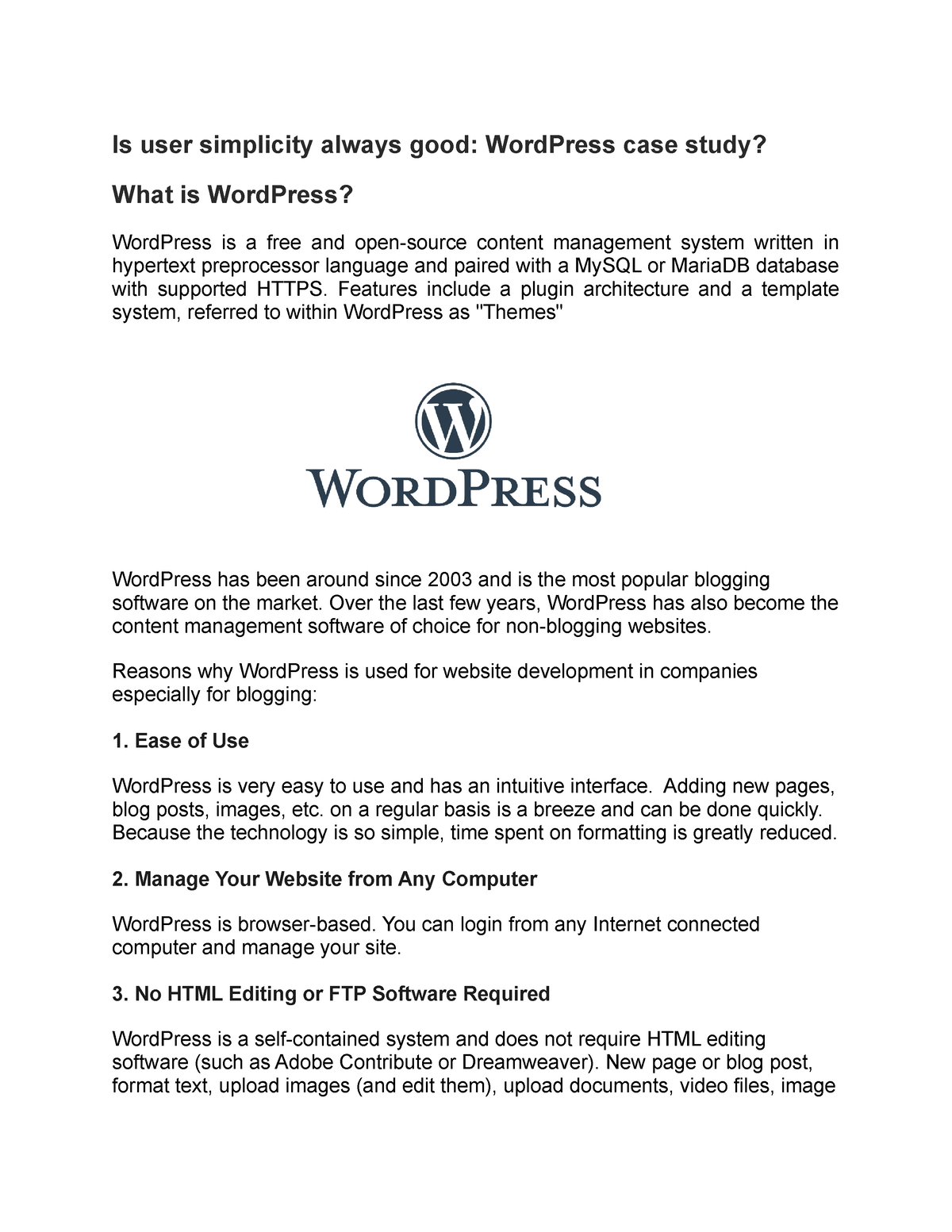
SEO can feel like a tricky puzzle, but using the right optimization plugins can simplify things immensely. Let’s explore the story of “Local Bites,” a restaurant aiming to increase its online visibility. Initially, Local Bites found themselves buried under competitors in local search results. Search engines need to know you exist, and that’s where an optimization plugin comes into play.
The restaurant team chose Yoast SEO, a highly recommended plugin in the WordPress community. With a few quick steps, they took their SEO game to the next level:
- Keyword Optimization: They identified primary and secondary keywords for their menu items and integrated them into their content.
- Readability Check: Yoast’s readability analysis helped them create content that was easier for their audience to understand.
- Meta Descriptions: Local Bites crafted enticing meta descriptions that improved their click-through rates from search engines.
| Metric | Before Optimization | After Optimization |
|---|---|---|
| Organic Traffic | 150 visitors/month | 400 visitors/month |
| Average Position in SERPs | 15 | 7 |
| Click-through Rate | 2% | 5% |
As a result of their efforts, Local Bites not only saw a substantial boost in organic traffic but also established a stronger presence in local search results. They topped off their success with the knowledge that staying on top of SEO isn’t a one-time job—it’s an ongoing process that requires constant attention. Thanks to optimization plugins, Local Bites embarked on a path of sustained growth and engagement.
Case Study 3: Increasing Engagement Through Social Sharing Plugins
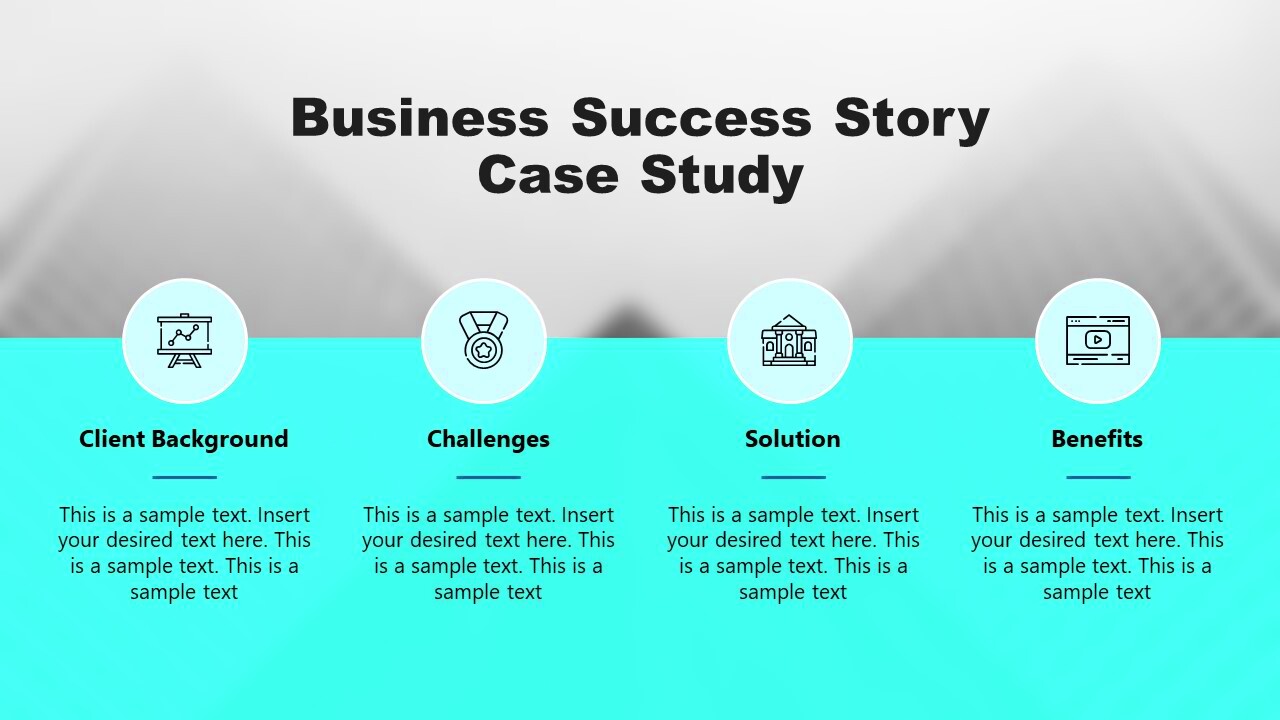
In today’s digital landscape, social media is a powerful tool for boosting engagement. One remarkable success story involves an online lifestyle blog that decided to implement social sharing plugins. The goal? To increase reader interactions and share their content across multiple platforms. Let’s dive into how they achieved this and the impact it had on their engagement metrics.
The blog, previously operating with limited social presence, integrated a popular social sharing plugin that enabled readers to share posts easily on platforms like Facebook, Twitter, Instagram, and Pinterest. This simple addition made a groundbreaking difference. Here’s how:
- Visibility Boost: With prominent social share buttons placed at the beginning and end of each post, readers could effortlessly share articles they loved. This increased the visibility of each piece of content exponentially.
- User Experience: The user-friendly interface encouraged more shares. Visitors were more likely to share content when they didn’t have to jump through hoops to do so.
- Analytics Tracking: By tracking share counts, the bloggers were able to see which content resonated most with their audience, allowing them to create more targeted posts in the future.
Within just a few months of launching these plugins, the blog experienced:
| Metric | Before Plugins | After Plugins |
|---|---|---|
| Shares per post | 10 | 250 |
| Comments | 30 | 90 |
| Pageviews | 1,000 | 3,500 |
This case highlights the power of social sharing plugins. They not only enhanced user engagement but also transformed how the blog’s content was disseminated, leading to a more interactive experience.
Case Study 4: Streamlining E-commerce with Payment Gateway Plugins
In the bustling world of e-commerce, convenience can make or break a sale. One groundbreaking success story comes from a small online retail store that struggled with high cart abandonment rates. Their mission was simple: streamline the checkout process and enhance customer satisfaction. Enter payment gateway plugins.
The online store adopted a comprehensive payment gateway plugin that offered multiple payment options like credit cards, PayPal, and Apple Pay. This swift reconfiguration of their payment system yielded impressive results. Here’s what happened:
- Multiple Payment Options: Customers expressed delight at having a variety of payment methods. It catered to a broader audience and eliminated the frustration of limited choice.
- Secure Transactions: With the integration of secure payment gateways, customers felt more confident in completing their purchases. Trust is vital in online shopping!
- Mobile Optimization: The plugin was optimized for mobile devices. As many shoppers prefer their smartphones, this feature greatly improved the shopping experience.
As a result of these changes, the e-commerce store recorded significant improvements:
| Metric | Before Plugins | After Plugins |
|---|---|---|
| Cart Abandonment Rate | 75% | 40% |
| Sales Conversion Rate | 2% | 6% |
| Customer Satisfaction Score | 65% | 90% |
This e-commerce business illustrates the essential role of payment gateway plugins. By enhancing the checkout experience, they not only reduced cart abandonment but also significantly boosted their sales and customer satisfaction levels.
Case Study 5: Improving Security with Security Plugins
In the digital age, website security is paramount, and WordPress users are often on the lookout for effective ways to protect their sites from potential threats. One remarkable success story comes from a small e-commerce business called “Fashion Fusion.” This online retailer faced numerous security challenges, including frequent hacking attempts and vulnerabilities within their site. They realized that to maintain customer trust and safeguard their sensitive data, they needed a robust security solution.
Fashion Fusion decided to implement three primary security plugins that would bolster their defenses:
- Wordfence Security: Known for its comprehensive firewall and malware scanner, Wordfence helped identify almost 100 vulnerabilities within the first week.
- iThemes Security: This plugin allowed them to strengthen user accounts with added two-factor authentication and protect against brute force attacks.
- Sucuri Security: A complete security suite that monitored site changes, providing vital alerts and logging activities for better security auditing.
After integrating these plugins, Fashion Fusion reported a significant decrease in hacking attempts—by over 90% in just two months! Additionally, customer confidence grew as they proudly displayed security awards on their site, leading to increased conversion rates. The success of this case study clearly highlights how effective security plugins can transform a precarious security landscape into a safe environment for both businesses and customers.
Lessons Learned from these Case Studies
Analyzing the various case studies we’ve discussed offers invaluable insights into the power of WordPress plugins. Here are some key lessons we’ve gleaned:
- Identify Your Needs: Tailoring your plugin selection to the specific needs of your website is critical. Not every plugin is one-size-fits-all, so understanding what you need will save time and resources.
- Prioritize Performance: While plugins offer functionality, they can sometimes slow down your website. Always choose high-quality, well-reviewed plugins that maintain site performance.
- Regular Updates: Keeping plugins up to date is essential for security and performance. Outdated plugins can create vulnerabilities that hackers exploit.
- Analytics Matter: Many case studies showed how tracking metrics post-implementation, like load times, conversion rates, and user engagement, allowed businesses to gauge plugin effectiveness and make necessary adjustments.
- Community Insights: Engaging with the WordPress community can provide insight into the best plugins and practices. Forums, blogs, and reviews are excellent resources for learning from others’ experiences.
Each lesson helps illuminate the journey businesses take and underscores the importance of strategic planning when it comes to utilizing WordPress plugins effectively.
9. Tips for Choosing the Right WordPress Plugins for Your Needs
Choosing the right WordPress plugin can feel like finding a needle in a haystack, especially with so many options out there. But don’t worry, I’ve got some tips that can help streamline your selection process and ensure you get exactly what you need.
- Define Your Requirements: Before diving into the plugin directory, take a moment to list out what you need. Are you looking for SEO tools, security features, or perhaps a way to create forms? Knowing your requirements will save you a ton of time.
- Check for Compatibility: Always ensure the plugin is compatible with your current version of WordPress. Look for plugins that have recently been updated, as this indicates active development and support.
- Read Reviews and Ratings: Don’t skip this step! Consider the feedback from other users. Higher ratings and positive reviews can give you a good sense of the plugin’s reliability and performance.
- Evaluate Performance: Some plugins may slow down your website. You can check the plugin’s performance using tools like Query Monitor or GTmetrix to ensure they won’t bog down your site.
- Prioritize Security: Security should be non-negotiable. Research the plugin’s reputation for vulnerability and check if it is regularly updated to patch any potential security holes.
- Support and Documentation: Good documentation makes installation and troubleshooting much easier. Check if there’s ample support available if you run into any issues.
- Consider the Cost: While many plugins are free, some advanced features may require a premium version. Assess if the cost aligns with your budget and if it meets your needs.
Following these tips will help you make informed decisions when selecting plugins for your WordPress site. Remember, the right plugin can enhance your site’s functionality and user experience.
10. Conclusion: Leveraging Success Stories for Your WordPress Site
Wrapping things up, let’s discuss how you can leverage the success stories of others to create a thriving WordPress site of your own. Success stories aren’t just plucky tales of triumph; they’re valuable learning experiences you can incorporate into your strategy.
Firstly, analyzing case studies allows you to see what works. You’ll notice patterns and strategies that successful websites have utilized. Here’s how you can benefit:
- Identify Best Practices: Learn from successes and failures. For instance, if a plugin helped another site increase its traffic significantly, consider testing it out for yourself.
- Inspiration for Innovation: Sometimes, success stories spark new ideas. They can inspire you to think outside the box and find unique ways to engage your audience.
- Build Your Community: Many successful website owners are willing to share their knowledge. Reaching out and interacting with them can provide you with invaluable networking opportunities.
- Measuring Success: Use the metrics seen in these case studies to set benchmarks for your own site. Key performance indicators (KPIs) can help you track your growth and adjust your strategies.
In conclusion, by harnessing the wisdom found in the success stories of others, you can elevate your own WordPress site. So go ahead, learn, adapt, and implement these insights to pave your way to online success!

